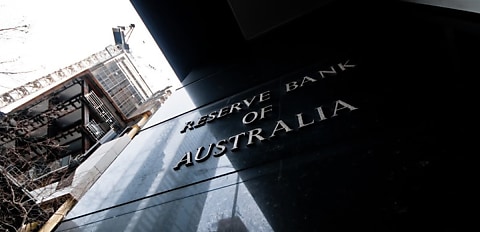Experian’s fourth annual Risk Radar report has found that mortgage holders have been falling behind on repayments at higher levels, with proportionally 40 per cent more accounts one or more repayments behind this year.
Levels of missed repayments have increased significantly over the past five years, according to Experian, with mortgage accounts opened after 2019 with one or more missed repayments sitting five times higher than home loans opened between 2008 and 2015 and six times above pre-2007 mortgages.
Furthermore, the report found that almost twice as many home loan accounts taken out in 2023 had missed one or more repayments after being open for only six months when compared to the same loan accounts opened in 2021.
Additionally, car loan accounts have shown the greatest amount of credit stress since January 2022, with proportionally 42 per cent more accounts falling into arrears on average in 2024.
These accounts were the second most likely to enter arrears (with 6.1 per cent being one or more repayments behind), while personal loan accounts were the most likely type of credit to fall behind on repayments, up 38 per cent to 6.7 per cent since 2022.
However, despite these increases, the Reserve Bank of Australia’s (RBA) Financial Stability Review – September 2024 assessed that risks to the Australian financial system from lending to households, businesses, and commercial real estate (CRE) ‘remain contained’.
According to the RBA, the pressure from restrictive monetary policy and high inflation continue to impact Australians; however, the share of borrowers experiencing “severe financial stress remains small”.
“A small but rising share of borrowers have fallen behind on their loan repayments, and the number of loans in arrears is likely to rise slightly in the period ahead,” the review said.
“The number of companies entering insolvency remains elevated, though some of this reflects catch-up following very low levels during the pandemic period.
“Overall, most Australian households and businesses have continued to manage the pressure that higher inflation and interest rates are placing on their finances.”
Most mortgage holders have had their minimum repayments increase by 30–60 per cent since the beginning of the RBA’s monetary policy tightening cycle in May 2022 as real disposable incomes declined sharply since the beginning of 2022 on a per capita basis.
Highly leveraged borrowers have been the most likely to fall into arrears over this time due to their vulnerability to challenging economic conditions and lower savings buffers.
On the other hand, other mortgagor groups, such as recent first home buyers, have not experienced the same rise in arrears and the same can be said for those who borrowed at low (including fixed) rates, most of whom have rolled onto higher interest rate loans.
The RBA reported that less than 1 per cent of all owner-occupier housing loan balances are over 90 days in arrears and, while banks expect arrears to increase slightly, arrears still remain around pre-pandemic levels.
Charlotte Rankin, director of client advisory, credit services at Experian, said that chief risk officers and risk strategy decision-makers at Australian credit providers have been “preparing for worst-case scenarios over the last 12 months to navigate their loan book through tumultuous economic conditions”.
“Despite not expecting economic risk factors to get worse, most risk leaders expect that borrowers will continue to falter at higher levels under the weight of current financial pressures,” Rankin said.
Two in three (69 per cent) of credit risk leaders have predicted higher credit stress, missed repayments, and delinquencies over the next 12 months; however, 77 per cent believe that Australia has surpassed the worst of the economic conditions, with recovery foreseen within two years (42 per cent).
“We’ve seen a number of lenders undertake technology transformations with a focus on upgrading collections processes,” Rankin said.
“While we haven’t seen a significant rise in delinquencies, and most customers have clean books, it’s a sign that if the volume of customers in arrears does go up significantly, they want to be able to manage that increase.”
[RELATED: RBA likely to disregard August CPI]

